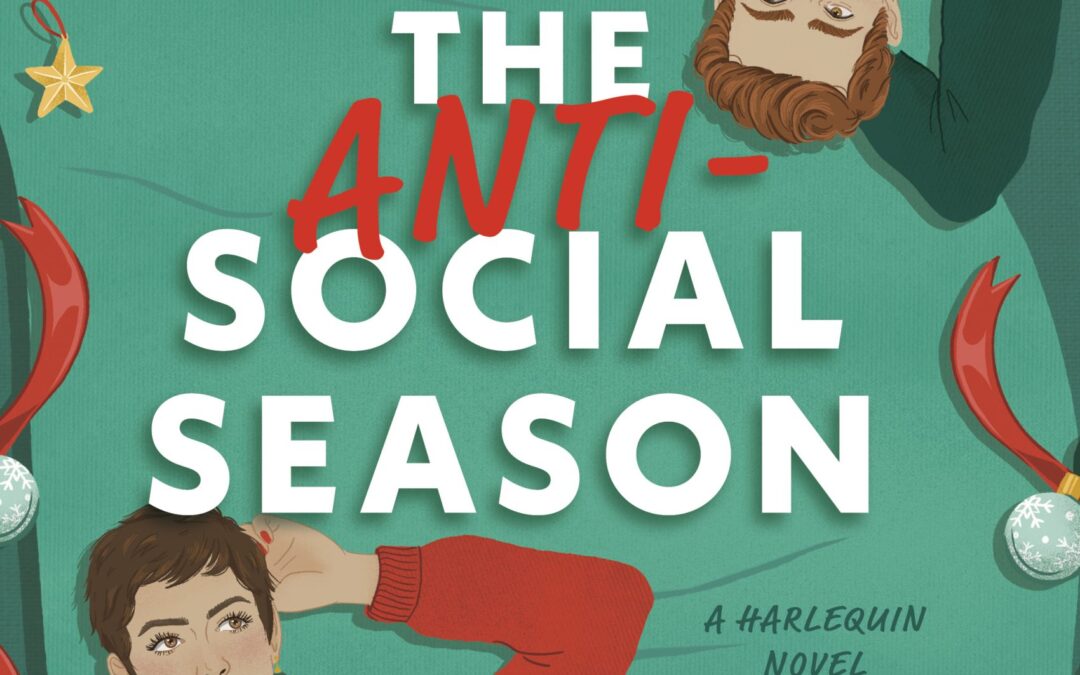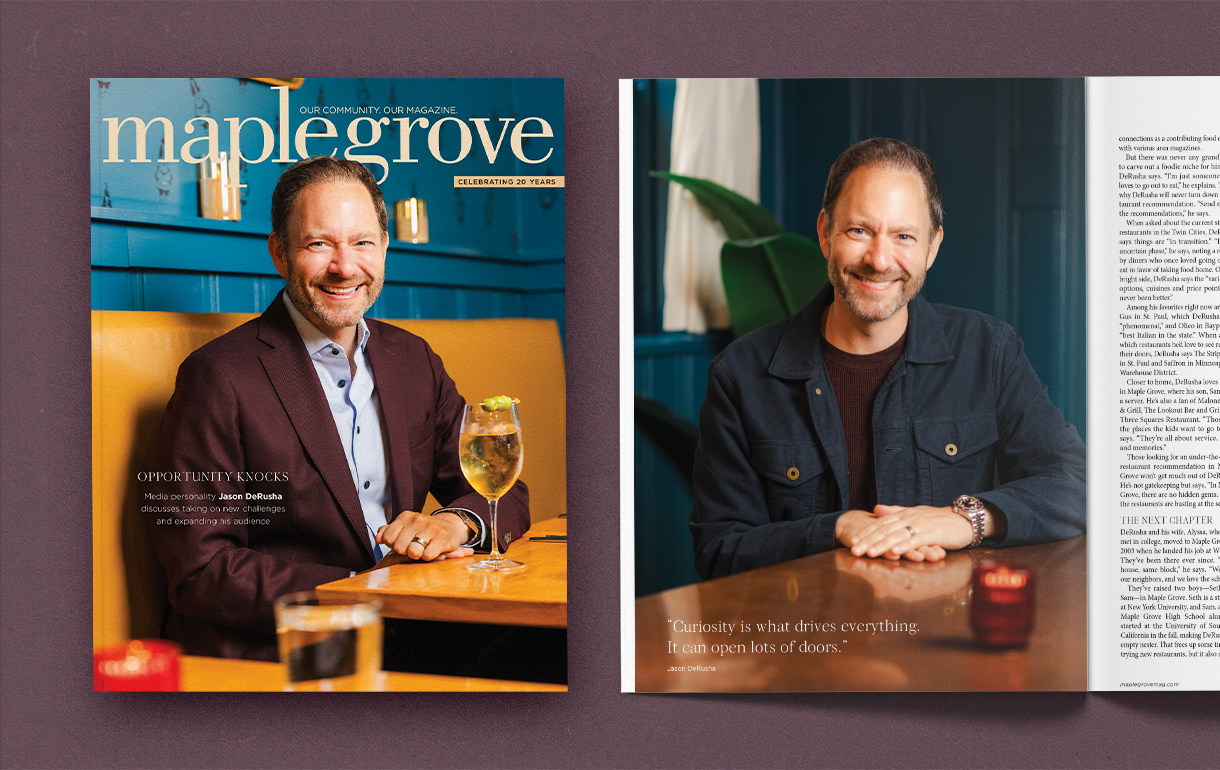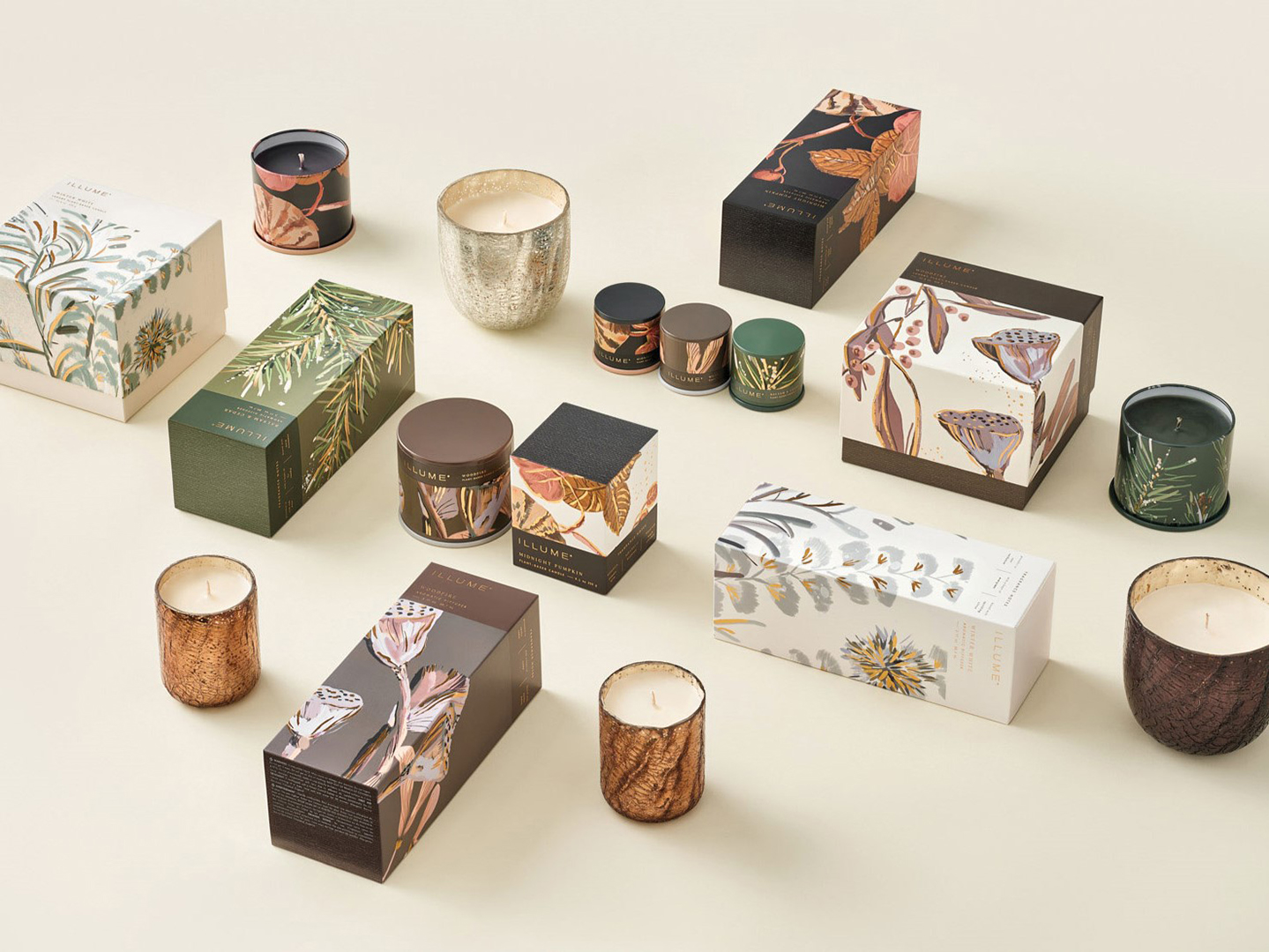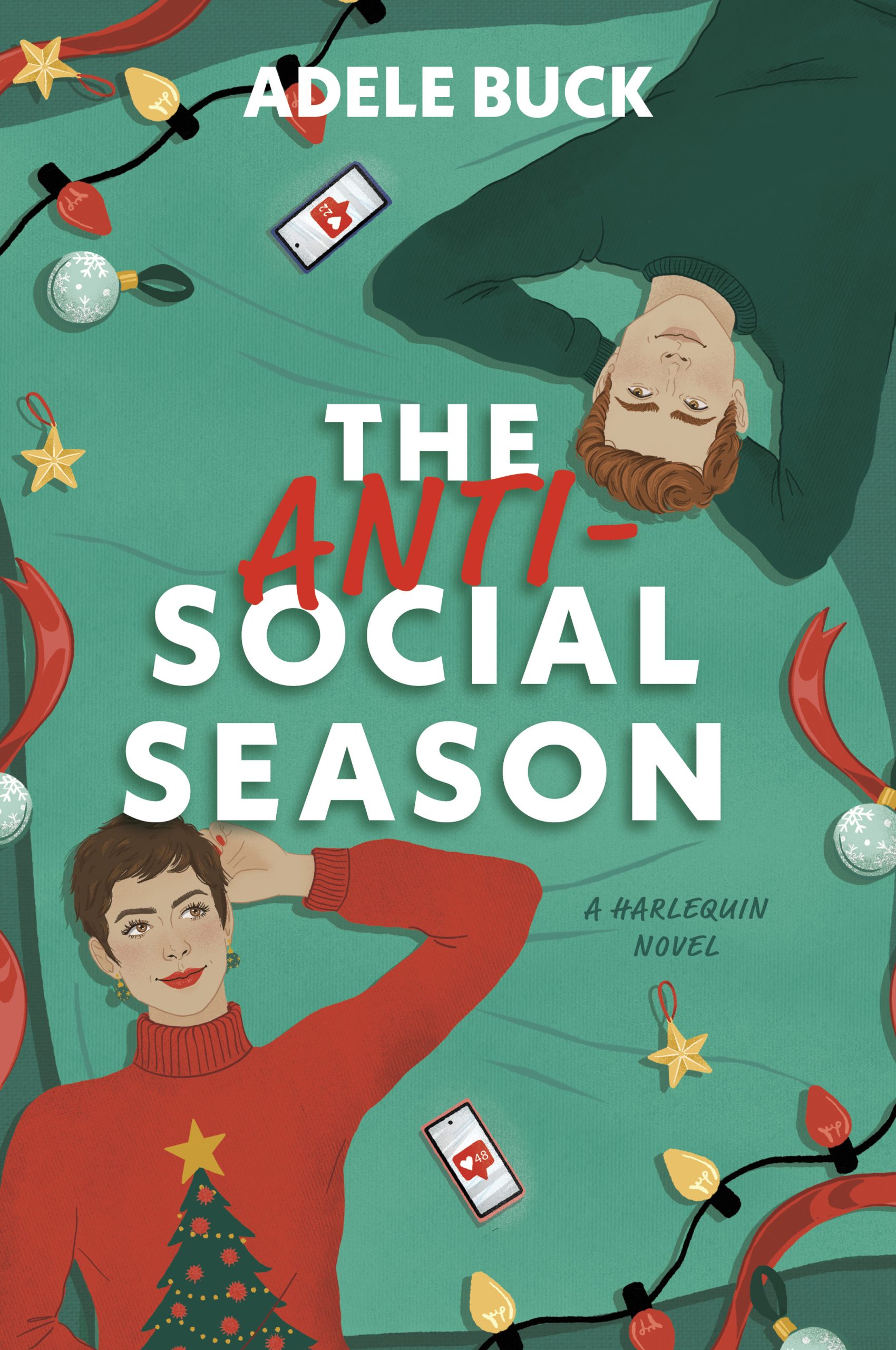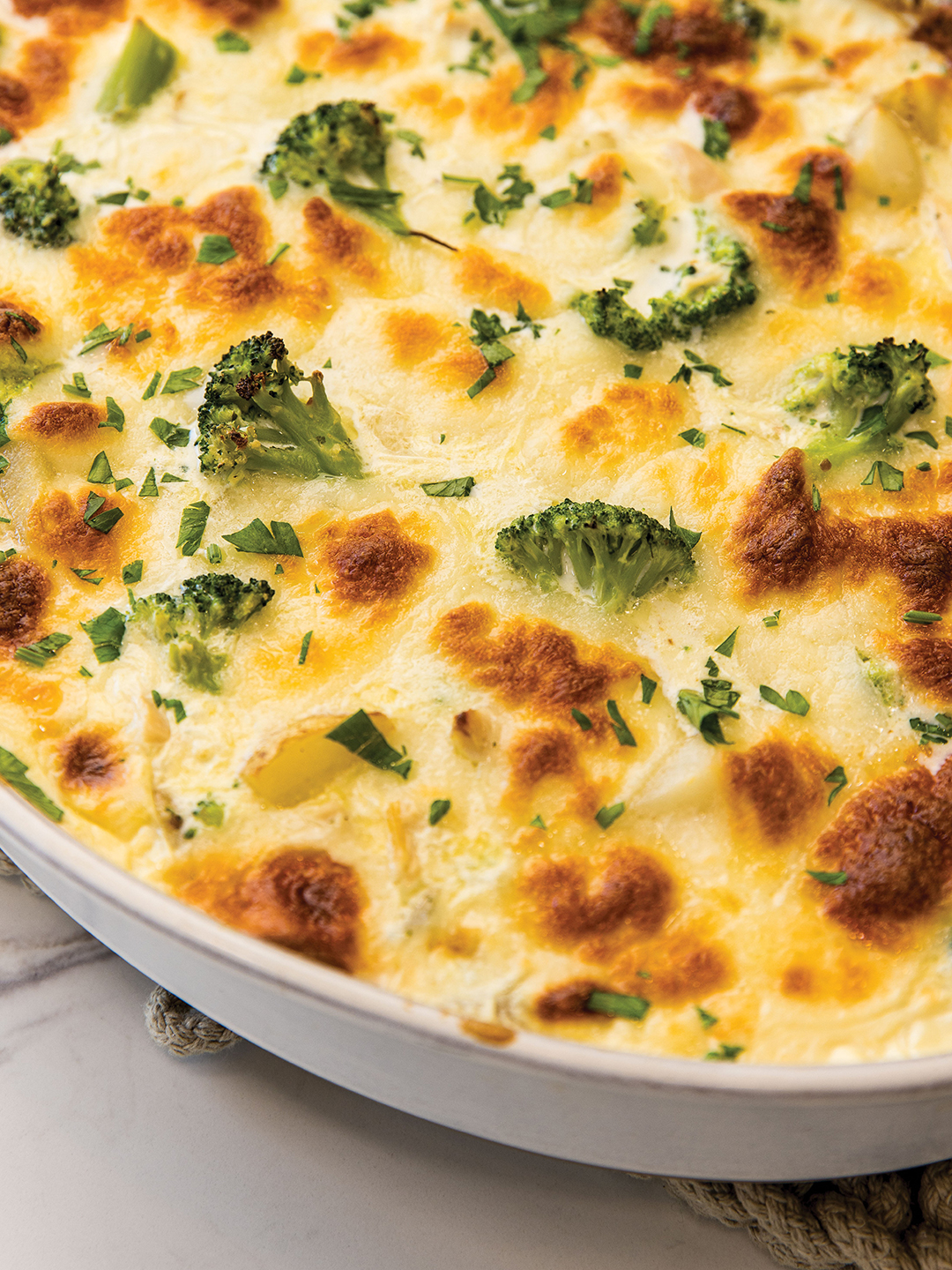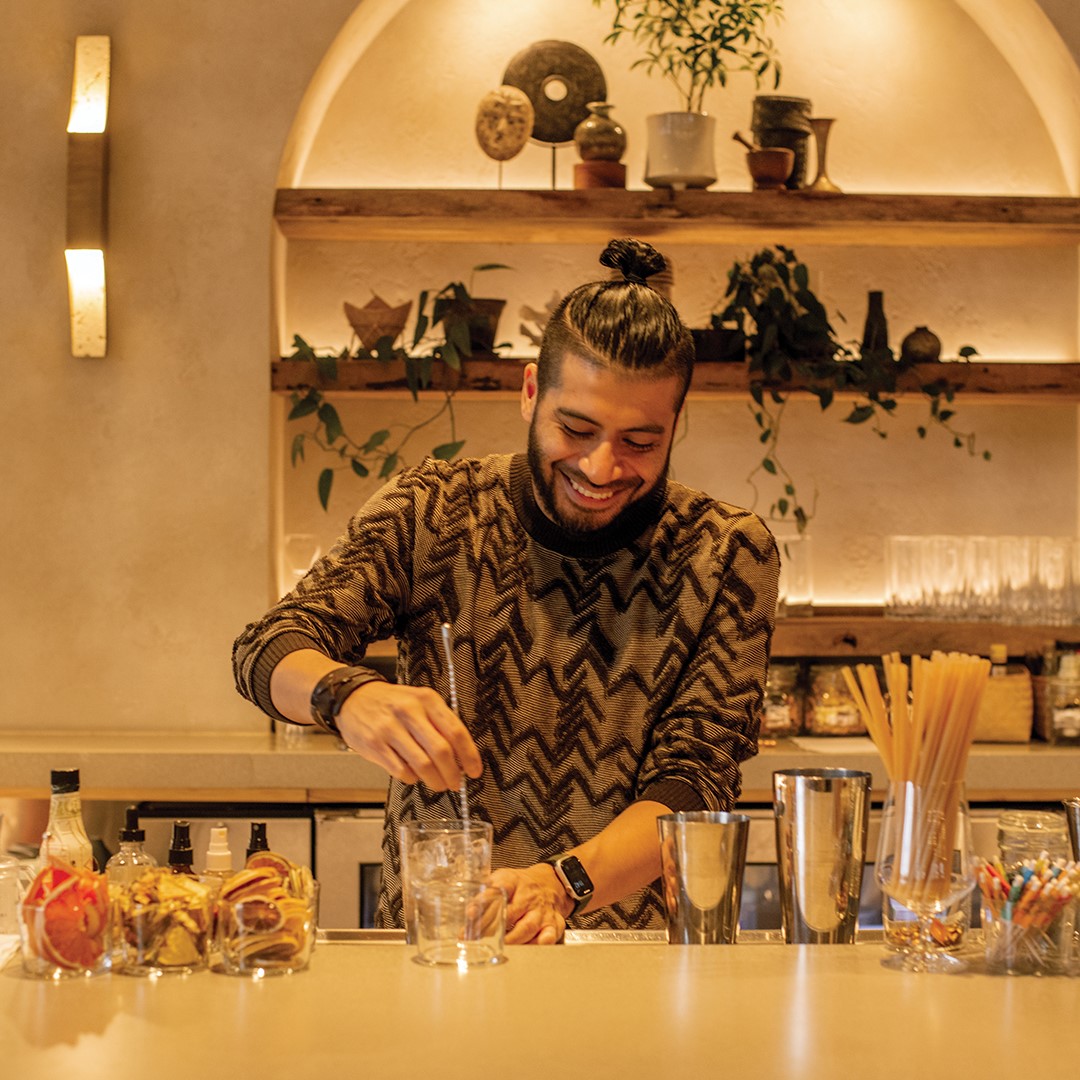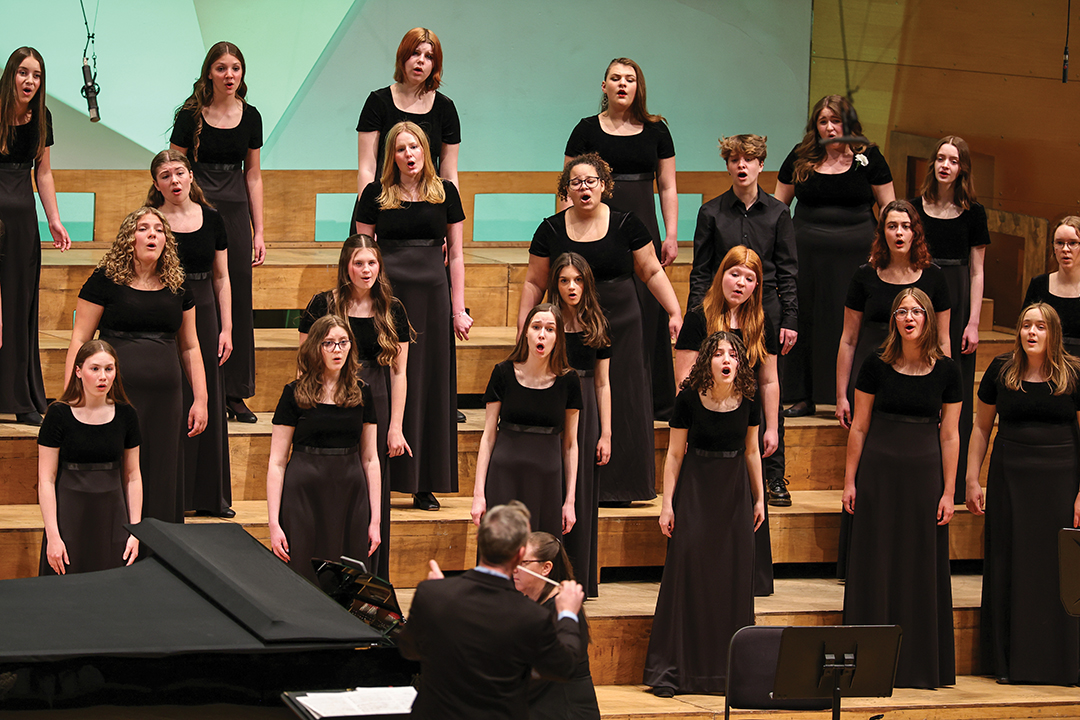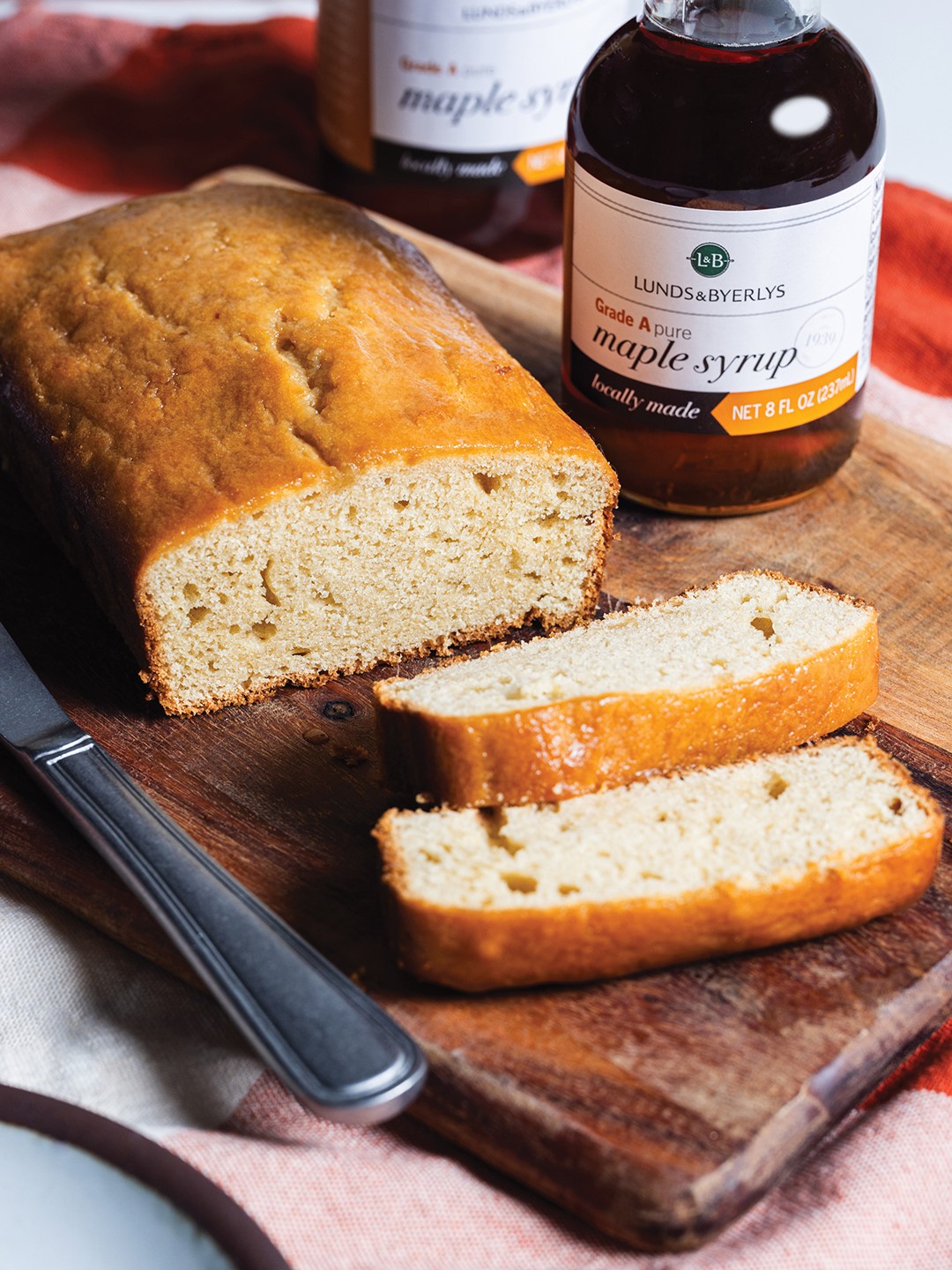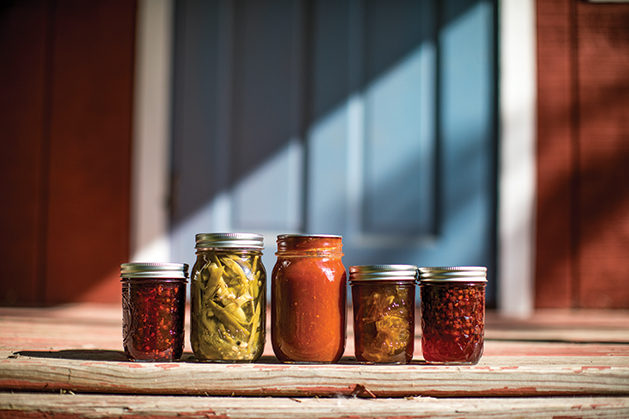
Photo: Chris Emeott
“… we all need to get outside and dig in the dirt a little more.”
“If you had told me 10 years ago that I would become a chicken lady with a 3,000-square-foot garden, I would have told you [that] you were crazy,” Emily Bretzel says. “When we bought our house, we were simply looking for a beautiful outdoor space. But, once we realized the potential for hobbies, we went for as many things as we could.”
Bees. Chickens. Cutting flowers. Fruit trees. Herbs. Maple trees (syrup). Vegetables. Bretzel and her husband, Ryan, are part of a growing crop of garden-to-table homeowners. “Gardening and backyard chickens are just hobbies for us that we jumped into and are learning as we go,” she says.
If her name seems familiar, for more than six years, Bretzel served as the senior managing art director for our magazine family. Today finds her family, including children Archer, 10; Laine, 7; and Vienna, 3, living on 6.5 acres in the “suburbrural” burg of Grant, just outside Stillwater.
It’s not unusual to find the children in the hen house, collecting daily eggs. The current flock includes nine hens and one (surprise) rooster. “Some of my favorite breeds are Buff Orpingtons, speckled Sussex and Buff Polish. We love the Easter eggers, too, for their beautiful blue/green eggs,” Bretzel says.
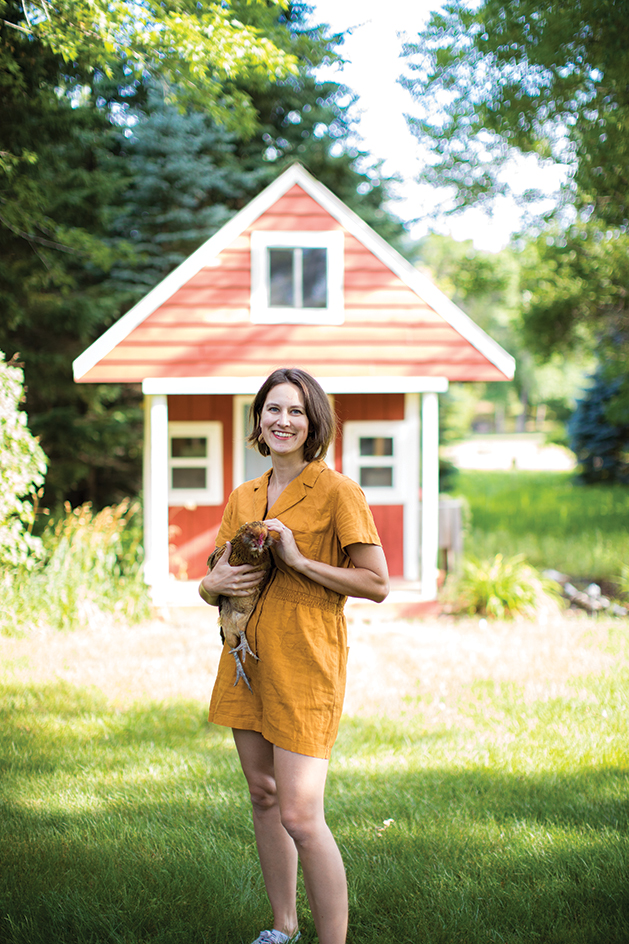
The garden ably serves its dual roles—reliable producer and variable testing site. About half of the space is devoted to pumpkins. They also grow beans, carrots, corn, herbs, peppers and tomatoes. “You name it, we have grown it,” she says.
Each year yields a slightly different garden plan. “We change what and how much we grow based on our eating preferences and what grows well in our soil/microclimate,” Bretzel says. While editing out produce makes sense (“We just can’t seem to grow broccoli.”), so does adding in some new items (“Because what’s the fun of just growing the same old?”).
In the past, they’ve tried amaranth, borage, glass gem corn and purple Vienna kohlrabi. This year?—luffa gourds. “We are planning to add an orchard of similar size this year with fruit trees and bushes,” Bretzel says. “We also have a small children’s garden next to the playhouse, where we put plants with different textures and colors for the kids to explore.”
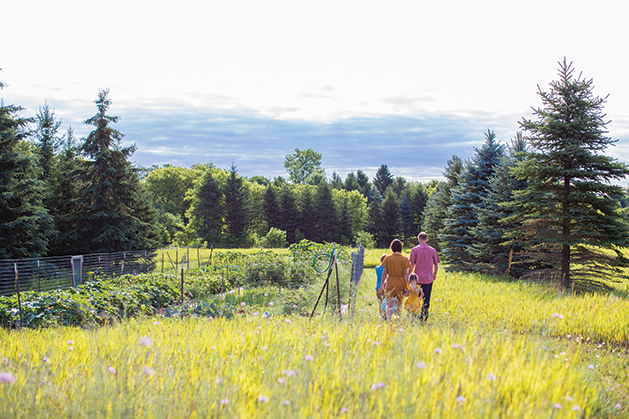
Cutting flowers can be especially satisfying for their obvious beauty and ability to attract pollinators. “I’ve been adding more and more flowers and herbs to the garden because I love how much they attract pollinators and caterpillars, and I love looking at and cutting fresh flowers,” Bretzel says. “Zinnias and marigolds are my favorite easy-to-grow flowers for cutting. This year, I’m adding dahlias, bachelor buttons and others to the mix.”
As long as we’re talking about pollinators, the Bretzels host up to three honey hives with different types of bees. “Bee colonies are complex and taking care of them requires lots of special equipment and consistent follow-up and education,” Bretzel says. “Our first year, we did not get any honey as we were growing our colonies. In other years, we’ve gotten 60 to 80 pounds of honey.”
Planning and planting are literally just the start. During growing season, the day begins with setting up the sprinkler or checking the plants. “My husband and I both work full-time and have three young kids, so we spend any time we can to make sure the garden is successful. And, to be honest, we are not as hands-on as we probably should be, but things grow nevertheless,” Bretzel says. “A lot of the time is spent pulling weeds. The harvest season is definitely a busy time. We have to make sure we have the time to not only harvest our vegetables, but to either prepare or preserve them. We get our kids involved in picking beans and tomatoes.”
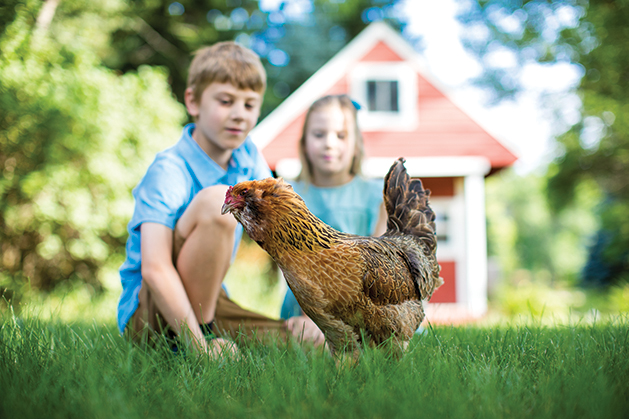
The garden (and hive!)-to-table benefits of gardening are obvious, but there are other upshots, too. “We talk with our kids about growing and what they like to eat, and they love that they can snack on any of the healthy foods that come directly from our garden,” Bretzel says. “The kids are fascinated with the process of growing plants. I think it’s really cool for them to have an appreciation and pride for growing their own food. It encourages us all to eat healthy foods, and we get satisfaction from knowing that we grew it ourselves.”
“The glory of gardening: hands in the dirt, head in the sun, heart with nature. To nurture a garden is to feed not just the body, but the soul,” writes Alfred Austin (1835–1913), English poet and novelist. Gardeners have long supported the physical and spiritual benefits of placing their “hands in the dirt,” and a growing chorus is singing about the benefits of grounding or earthing, which can involve activities that “ground” or electrically reconnect one to the Earth.
Does this strike a chord with Bretzel in terms of encouraging her family to participate in Earth-related activities, such as gardening? “I definitely think we all need to get outside and dig in the dirt a little more … Simply being outside and taking moments to disconnect from our phones and electronics is good for our mental health and helps us appreciate nature,” she says.
For those who are ready to dig in with their own garden, Bretzel says, “Start small. You don’t need a lot of space to grow most plants. Find the sunniest place in your outdoor space, and start your garden there. It can be in a planter or container if you don’t have yard space. Don’t be discouraged if you have failures. Part of the fun is trying and failing and then trying again.”
Plant, Grow, Harvest and Then What?
Given the size of their garden, the Bretzels are bound to have “leftovers,” but very little goes to waste. While some items are consumed shortly after picking, and friends and family receive their fair shares of garden goodies, they turn to other ways to extend the usage.
Bretzel’s sister Carrie Anderson is the designated family canner, which helps Bretzel preserve some of her vegetables. There are other methods, too. Come fall and winter, take a peek inside Bretzel’s freezer, and you’re likely to find a bountiful harvest of frozen garden vegetables. “Freezing is by far the easiest way to preserve produce,” she says. As for onions, well, they like a bit of privacy. Take a looky-loo in one of Bretzel’s closets, and you might find strands of braided onions.
Tip: Blanch beans and carrots before freezing. Some veggies, like peppers and tomatoes, I just freeze without going through the blanching process.
Tip: Spread your veggies out on a cookie tray and freeze for an hour or two before sealing them in a bag, so they don’t freeze together.
Tip: [Place basil] into a food processor with olive oil, and freeze [it] into cubes. You can make and freeze pesto and tomato sauces, too. I also puree pumpkins and squash, and freeze those for future use.
Tip: Rather than processing all my tiny cherry tomatoes, I freeze them whole on a baking sheet and keep them in a large baggie.
Tip: If you have glass canning jars, you can freeze tomato sauce directly in jars. Just make sure to let the jars cool in the fridge first because glass could shatter.
Oven Roasted Heirloom Tomatoes
Thickly slice tomatoes, and lay them on paper towels to absorb some moisture. Spread slices out on a foil-lined pan, and brush or drizzle with olive oil. Sprinkle generously with salt. Add other herbs and/or spices as desired (garlic and basil are good choices). Bake at 400° for about 30 minutes.
Tip: Eat as a side dish, on a sandwich or as meat topping or for savory pies. Freeze roasted tomatoes into smaller portions for later use.
Tip: Another variation of roasted tomatoes: Slice tomatoes into halves or chunks. Toss with roughly-chopped onions and olive oil. Add salt, garlic and/or herbs. Bake on a pan.
Tip: Green zebra tomatoes are Minnesota hardy and taste great roasted.

